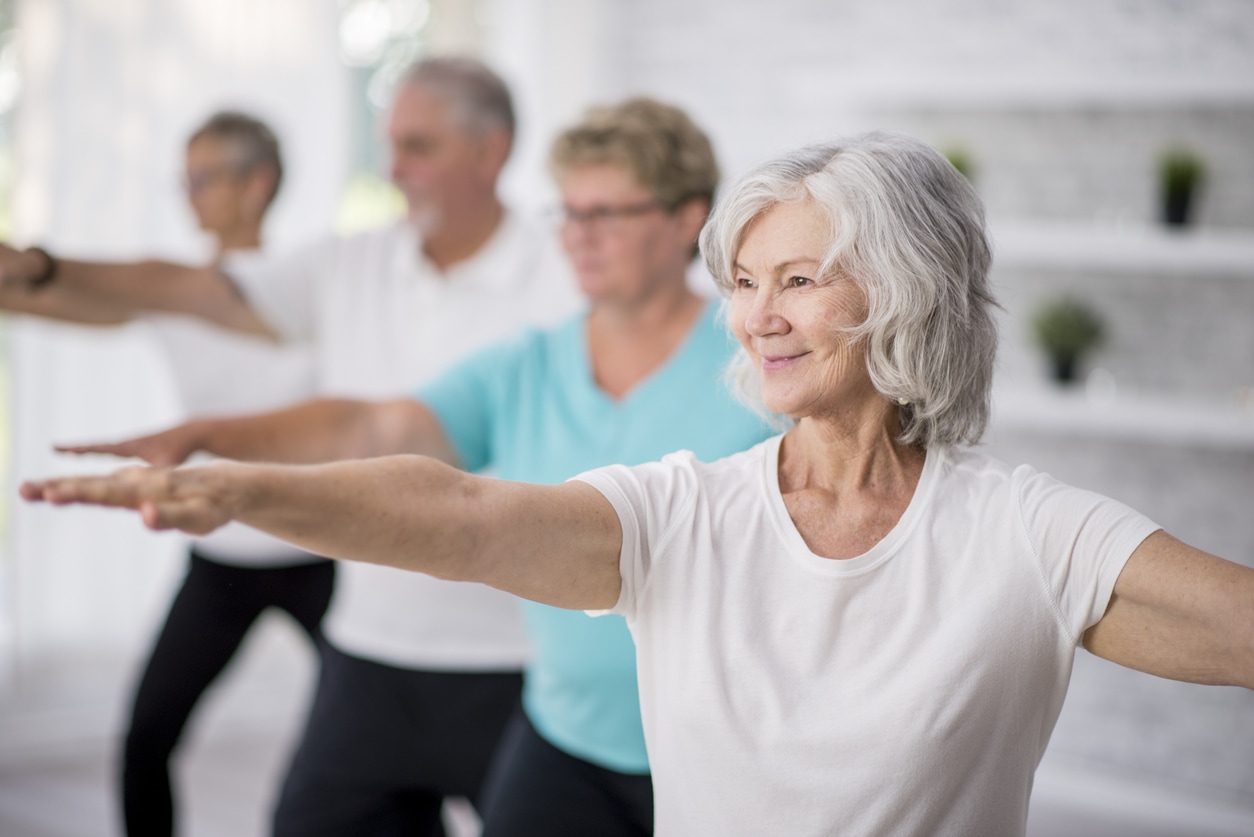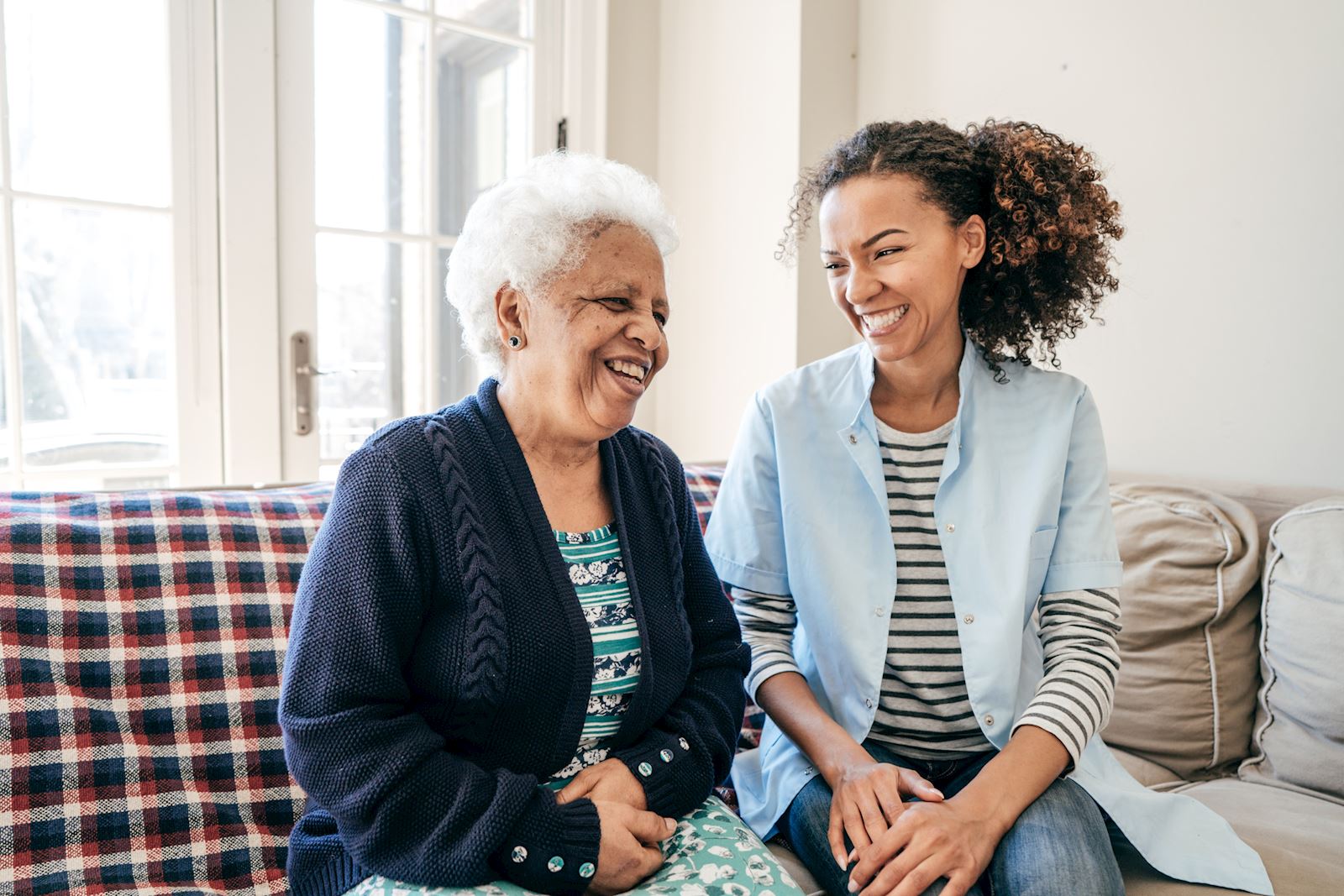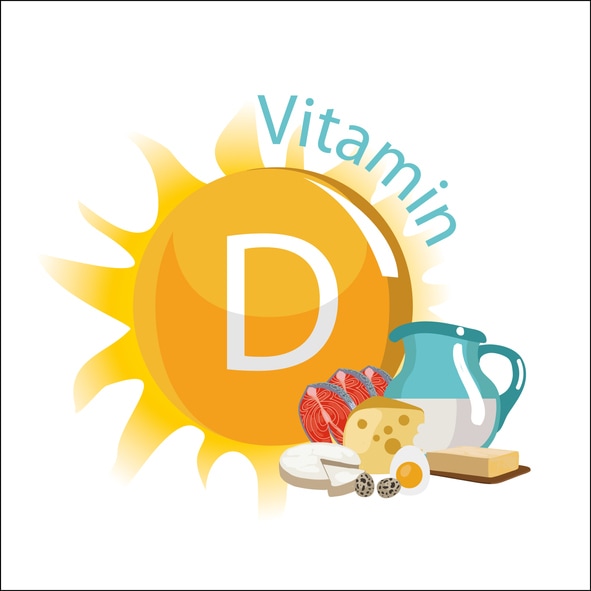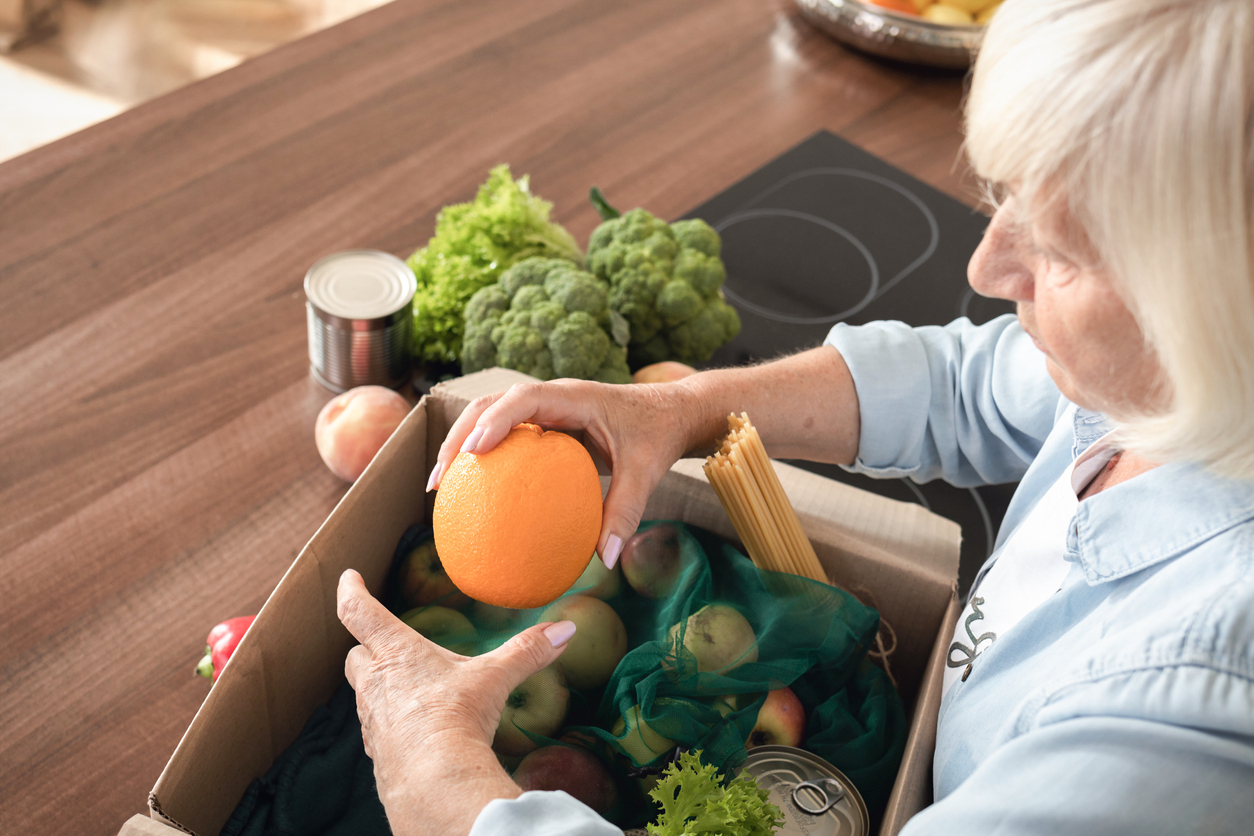Exercise is essential to your personal health, no matter your age. Older individuals are no exception. But as you get older, high-impact exercises may not be the safest option for staying active. Instead of avoiding exercise altogether, shifting to low-impact exercises can help keep you moving and support a healthier lifestyle.
Bone density and joint support can both wane with age, and many older Americans are managing chronic conditions such as diabetes, arthritis and other medical conditions. Low-impact exercises are activities that put less weight or strain on joints and involve one foot always being in contact with the floor.
Examples of low-impact workouts include:
- Chair exercises
- Cycling
- Pilates
- Swimming
- Walking
- Yoga
Activities that are low impact typically fall into four categories:
- Endureance
- Strength
- Flexibility
- Balance
When combined, these offer a well-rounded exercise routine with several health benefits. Here’s a look at how incorporating low-impact exercise can help boost physical and mental wellness for years to come.
Stretch and strengthen your muscles
Resistance exercises are excellent for strengthening your muscles and bones. If you belong to a fitness center, you can typically use their resistance machines. Otherwise, hand or ankle weights or resistance bands and tubes can be used at home for the same effect. Including gentle stretching exercises into your daily routine can also improve your flexibility and range of motion, increase blood flow and lower your risk of injuries.
Aquatic exercises are a low-impact workout that strengthens your muscles and bones, while minimizing impact on the body. Water aerobics are also good for your heart, increasing your range of motion and burning excess calories.
Reduce stress
Whenever you exercise, your body releases endorphins that help fight stress, lessen pain and provide a healthy mood boost.
- Yoga for beginners is an ideal low-impact exercise for stress-relief, as it helps build your body’s natural relaxation response
- A regular yoga practice can also improve bone density and joint health
- Tai chi can also improve bone density and joint health
Prevent injury
Exercises that can help build muscle, increase your flexibility and mobility, and reduce the risk of falling include:
- Dancing
- Water aerobics
- Bouncing on an exercise ball
- Yoga is also a low-impact workout that can help strengthen your core, improve your balance and build muscular endurance — all of which can help reduce the likelihood of serious injury from falls
Help lower your blood pressure
Even if your days of bicycling around the neighborhood are behind you, there are indoor cycling classes specifically for seniors that can help improve heart health and lower your blood pressure. This aerobic activity can also strengthen hips and leg muscles. Wall squats for example, are exercises that engage muscles without movement (called static exercise) and these activities are linked to lower blood pressure, according to a study.
Along with a well-balanced diet, staying active is crucial to improving health and preventing and managing chronic conditions. Before starting a new exercise program, it’s important to consult your health care provider to discuss which activities are the safest and most suitable for your situation.
Mom's Meals® can help
To get the most out of your exercise routine, a well-balanced diet is important to giving you the fuel you need to complete your workouts. Our 60+ meal options and nine condition-specific menus are designed to not only taste great, but to be nutritious as well. With fully prepared, refrigerated meals delivered direct to your home, we make it convenient to support your health and fitness goals. Plus, you’ll get to choose the meals you want in each delivery, so you can order more of what you want to eat!



